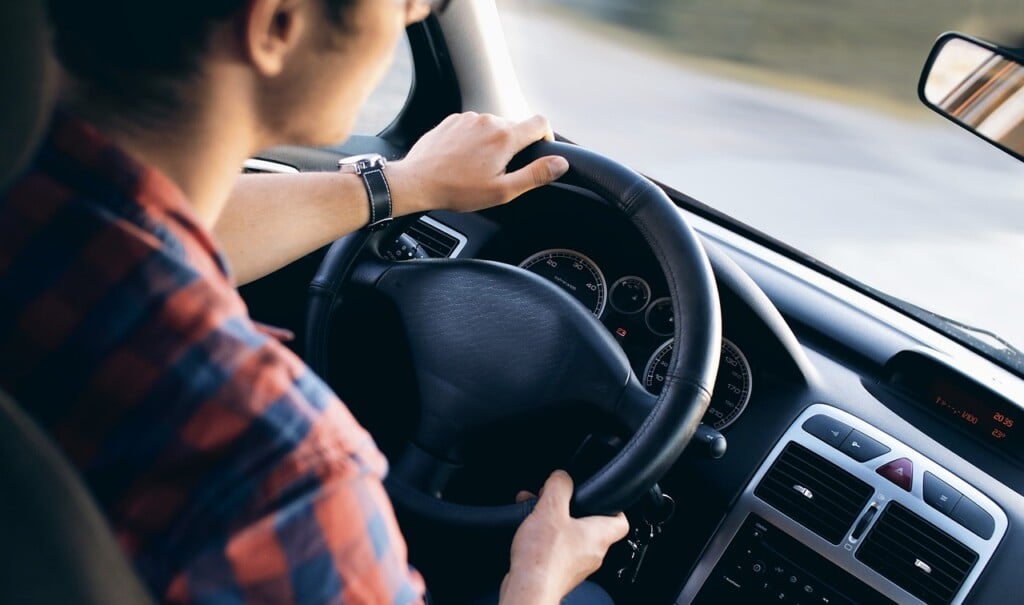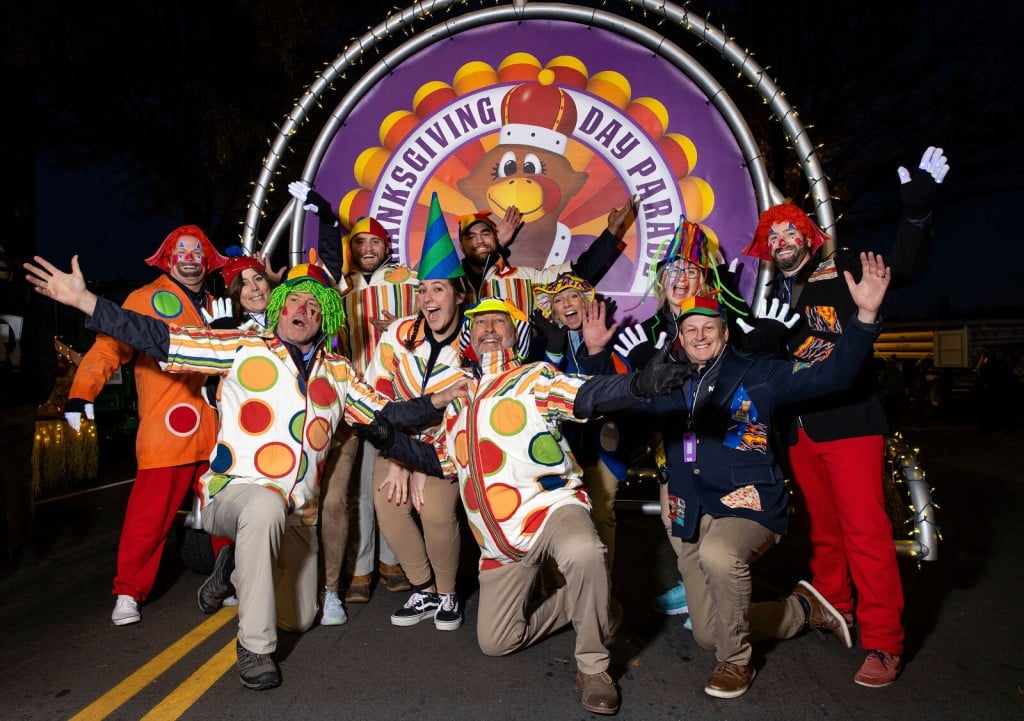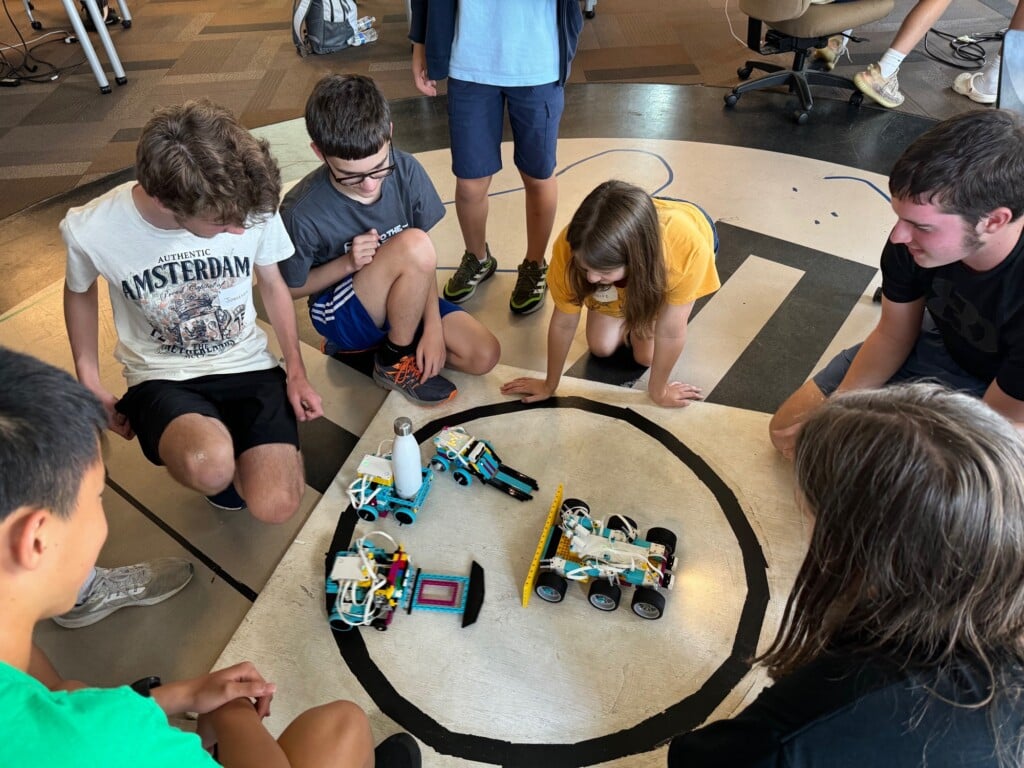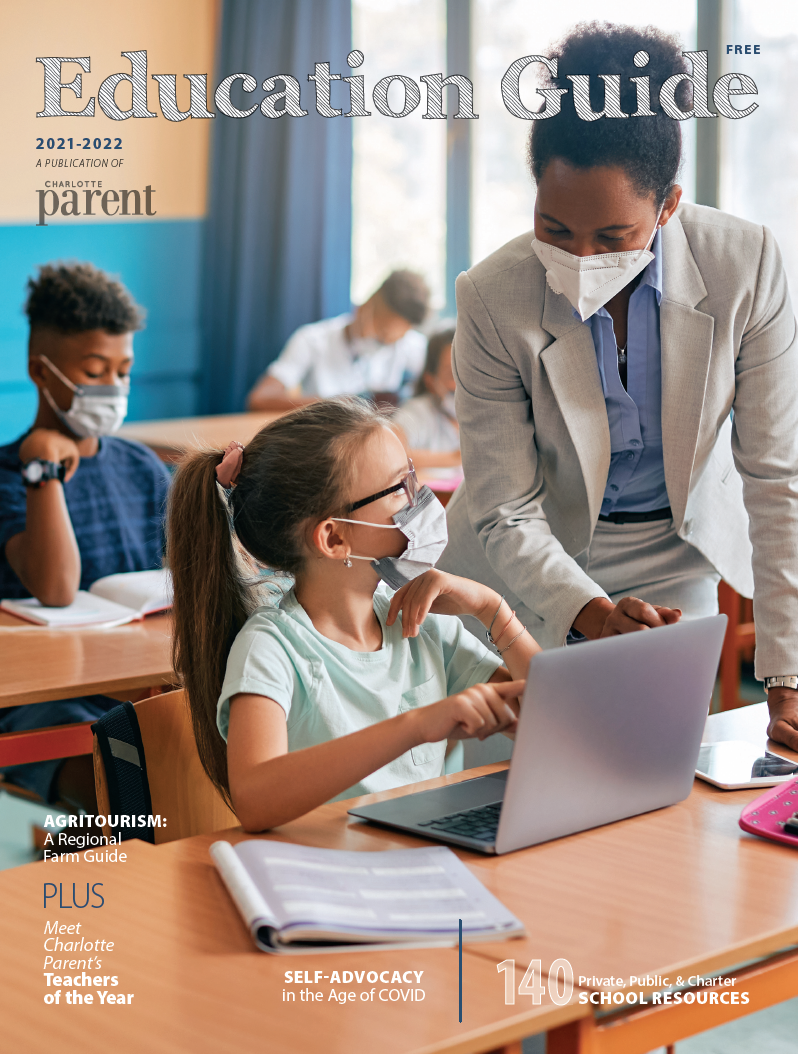DRIVING 101: 6 Tips For Getting Your Teen Driver Licensed in North Carolina

The only thing worse than a trip to the DMV is a trip to the DMV with your new teen driver. From ensuring you have the right paperwork to setting your child loose behind the wheel, it’s nothing short of nerve-wracking. When my twins turned 14½, I didn’t know where to start so I turned to others who’d been down that road before–literally and figuratively. Now I’m paying it forward. Here are 6 tips for getting your teen licensed in North Carolina:
- Consider your options. While access to driver’s ed is offered to all NC high school students through Charlotte Mecklenburg and other school districts in the state, you can also find private, NCDMV licensed driver education training schools that can often get teens in sooner…for a price. For about $500 (versus the $65 school fee), you can take the 30 hours of coursework and the six hours of behind the wheel driving required to get a permit. Why pay this steep amount? The CMS driving program is still recovering from the COVID backlog and estimates a wait time of 25+ weeks to receive a call for the behind-the-wheel portion of drivers ed after the completion of the classroom training. Since the licensing process requires a permit to be held for 9 months before a license can be obtained, this delay has a ripple effect.
- Make a DMV appointment…if you can. Though walk-ins are available, NCDMV appointments save a tremendous amount of time. Appointments typically open online 90 days in advance and fill up almost instantly. Check back for cancellations and consider going to locations outside Charlotte, which tend to have more availability. The NCDMV recently added a new feature that requires all appointments be confirmed via email or text within 15 minutes of making the appointment. Then four days prior to the appointment, you’ll get a reminder via email or text. You must again confirm your appointment within 24 hours or it will be canceled.
- Plan ahead to reduce your wait time. Road tests, which are required to get a license, are not given after 4 p.m., so arrive early. Lines form an hour before the DMV even opens. Once the doors open, each person’s paperwork is checked. If you have the right documents, you can scan a QR code as part of the DMV’s new Q Anywhere system. This allows you to hold your place in line so you can wait in your car or somewhere close by. This doesn’t mean you’ll walk into the lobby and be served immediately, but it does significantly reduce your wait time. The DMV website has also added a feature that shows estimated wait times at each location. Just be aware that the times generally don’t update until the location has been open for a bit, so if you wait for this information to be posted, you lose the early bird advantage.
- Have the right documentation. Before you head to the DMV for your permit, you must have a school-issued Driver Eligibility Certificate (DEC). This verifies a student is enrolled and in good standing, and you can get it through the front office of any school. Throughout every stage of the licensing process, teens must be actively enrolled, working for a high school diploma or GED, and passing at least 70% of their classes. Driving privileges will be revoked for 12 months if a student is suspended or receives a disciplinary action that takes them out of standard school settings for 10 consecutive days. The DEC verifies that your teen meets these standards. No insurance is needed to obtain a permit, but prior to licensing, your teen must have proof of auto insurance. When you add your teen to your insurance policy, ask for a copy of the insurance card that shows the policy start and end dates, as well as a DL-123 form. Have a hard copy of the DL-123 to present at the DMV. For a full list of required documentation, check the NCDMV website.
- Triple check your driving log. Permitted drivers are required to have 60 hours of driving, including 12 hours of nighttime driving, with a licensed adult over age 18 before they can get their provisional license. These logs must be turned in at the DMV. There is an online tracking option, but I highly recommend keeping a written log. In addition to avoiding any technical headaches, it’s easier to double check your entries. Now here’s where it can get tricky: Some entries might not “count” for night hours, as it stays light pretty late in North Carolina during spring and summer. And since teens with permits are limited to driving before 9 p.m., it can be a challenge to log those nighttime hours. Check the time of sunset for every single nighttime driving entry to ensure it’s legitimate. This also applies when you return to the DMV (again) for your teen to graduate to their after 9’s license, where they must show proof of having driven 12 hours alone, including 6 nighttime hours.
- Buckle up. Before your teen starts the car, make sure they buckle their seatbelt and ensure their passenger does the same. It seems obvious, but I’ve known some teens who failed their road test before it even started because they didn’t buckle their seatbelt immediately.
Related: Why Parents of Teens Should Know About Defensive Driving Program, B.R.A.K.E.S.
LAURIE LARSH is a Charlotte-based writer whose work has appeared in The Charlotte Observer, Yahoo News, Scary Mommy, and more. Follow her on Instagram @goexplauring.









